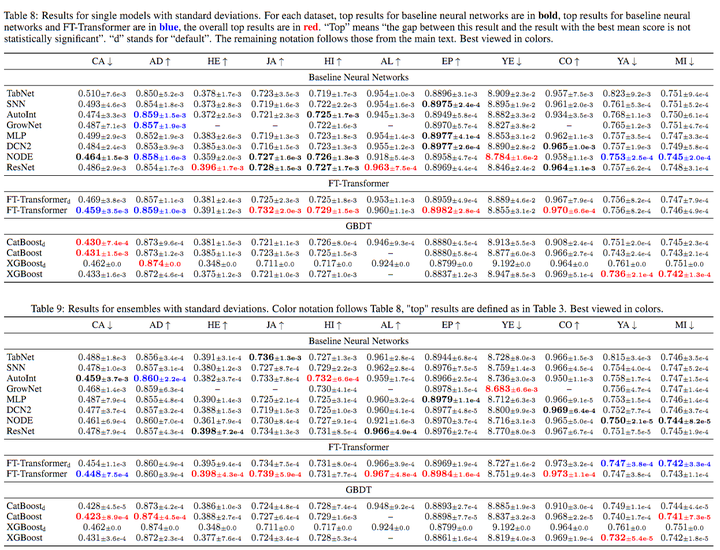

On the other hand, deep learning models are often criticized for not being explainable nor allowing for variable selection. Migrate Datamodule to Polars or Vaex for faster data loading and to handle larger than RAM datasets.Deep learning models have been very successful in the application of machine learning methods, often out-performing classical statistical models such as linear regression models or generalized linear models.Enable support for multi-label classification.Add GaussRank as Feature Transformation.Mixture Density Networks: Probabilistic Regression for Uncertainty Estimationįuture Roadmap(Contributions are Welcome).Neural Oblivious Decision Ensembles(NODE) – A State-of-the-Art Deep Learning Algorithm for Tabular Data.PyTorch Tabular – A Framework for Deep Learning for Tabular Data.load_from_checkpoint( "examples/basic") Blogs Layers = "1024-512-512", # Number of nodes in each layer activation = "LeakyReLU", # Activation between each layers learning_rate = 1e-3, Model_config = CategoryEmbeddingModelConfig( Multi-Task Classification is not implemented continuous_cols = num_col_names,Īuto_lr_find = True, # Runs the LRFinder to automatically derive a learning rate batch_size = 1024, Multi-targets are only supported for regression.

models import CategoryEmbeddingModelConfig from pytorch_tabular. Usageįrom pytorch_tabular import TabularModel from pytorch_tabular. It covers basic as well as advanced architectures.
#REVISITING DEEP LEARNING MODELS FOR TABULAR DATA HOW TO#
To implement new models, see the How to implement new models tutorial. Denoising AutoEncoder is an autoencoder which learns robust feature representation, to compensate any noise in the dataset.We combine it with an ensemble of differentiable, non-linear decision trees, re-weighted with simple self-attention to predict our desired output. GATE uses a gating mechanism, inspired from GRU, as a feature representation learning unit with an in-built feature selection mechanism. Gated Additive Tree Ensemble is a novel high-performance, parameter and computationally efficient deep learning architecture for tabular data.FT Transformer from Revisiting Deep Learning Models for Tabular Data.TabTransformer is an adaptation of the Transformer model for Tabular Data which creates contextual representations for categorical features.AutoInt: Automatic Feature Interaction Learning via Self-Attentive Neural Networks is a model which tries to learn interactions between the features in an automated way and create a better representation and then use this representation in downstream task.Mixture Density Networks is a regression model which uses gaussian components to approximate the target function and provide a probabilistic prediction out of the box.TabNet: Attentive Interpretable Tabular Learning is another model coming out of Google Research which uses Sparse Attention in multiple steps of decision making to model the output.Neural Oblivious Decision Ensembles for Deep Learning on Tabular Data is a model presented in ICLR 2020 and according to the authors have beaten well-tuned Gradient Boosting models on many datasets.FeedForward Network with Category Embedding is a simple FF network, but with an Embedding layers for the categorical columns.Documentationįor complete Documentation with tutorials visit ReadTheDocs Available Models


 0 kommentar(er)
0 kommentar(er)
